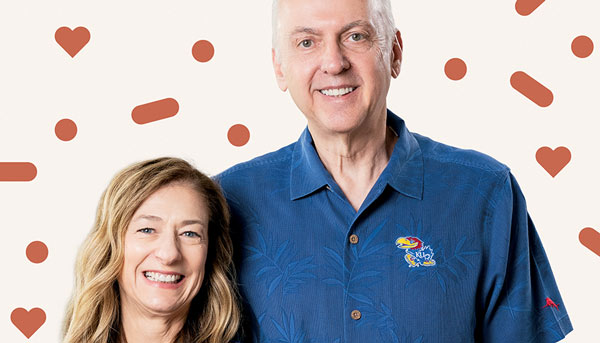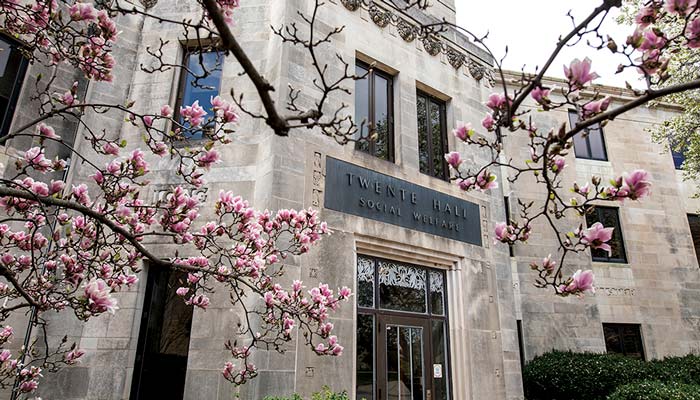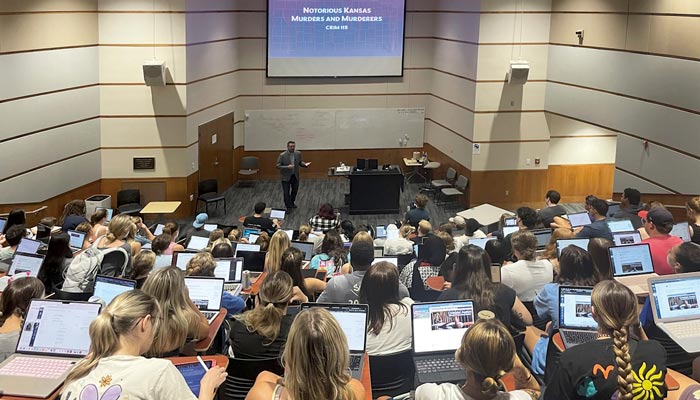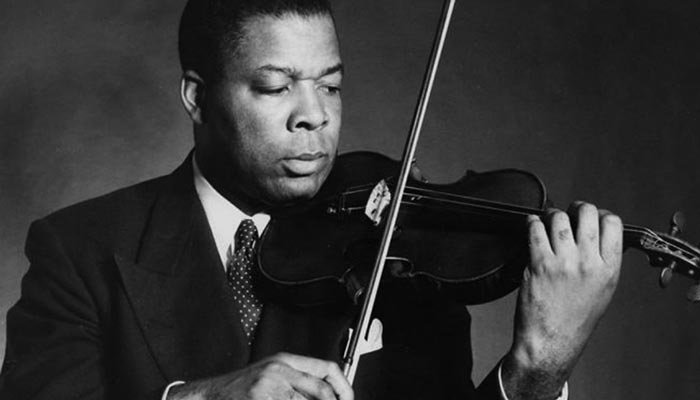Music therapist motivates seniors
Molly Bybee's catchy tunes stimulate mind and body at Philadelphia retirement community
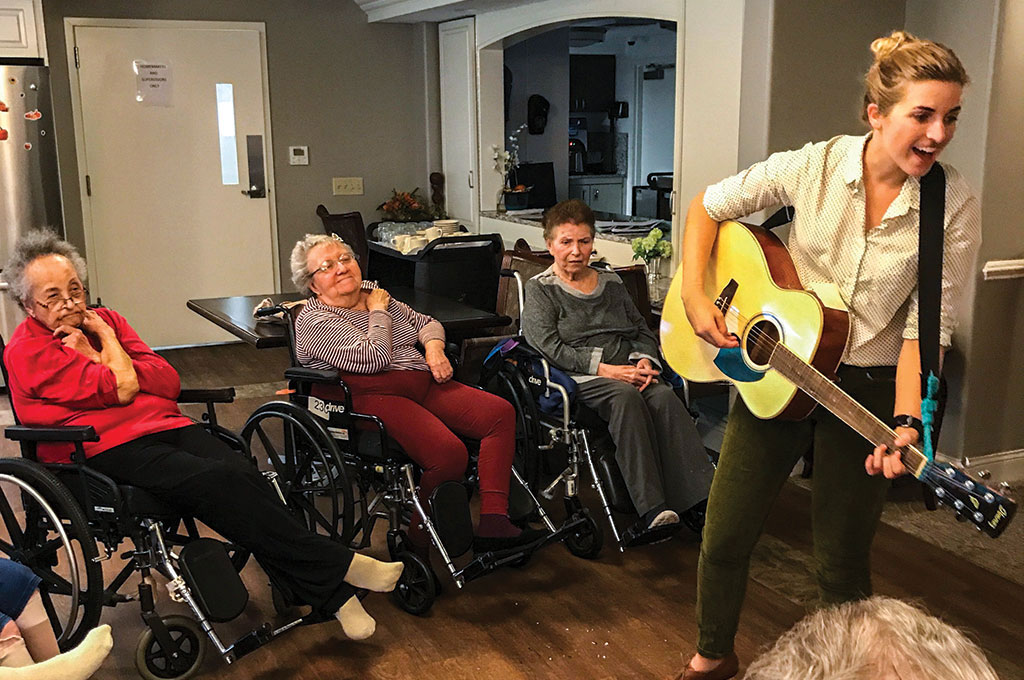
As an undergraduate at Truman State University in northern Missouri, Molly Bybee searched for a career path that combined her passion for music with her desire to help others. Music therapy—and a subsequent move to Mount Oread to pursue a master’s degree in the profession—struck a chord.
Bybee, g’17, is now a board-certified music therapist at Paul’s Run, a 450-person continuing care retirement community in Philadelphia, where she coordinates a variety of group and one-on-one sessions for residents, many of whom suffer from severe cognitive disease and other age-related illnesses. The 29-year-old Midwest transplant employs a variety of techniques to motivate the older residents, stimulate their minds and muscles, and ultimately improve their quality of life.
“I’m like a musician, cheerleader and coach all in one,” Bybee says.
She begins all of her group sessions with her signature singsong welcome, “Hello, ladies. Hello, gentlemen. Hello, ladies, it’s nice to see you today,” a familiar tune that residents can recognize as they transition through levels of care at Paul’s Run. After greeting each participant by name, Bybee sings a few songs before assessing the group as a whole. If attention levels are low, she’ll shift gears and play a round of catch, tossing a ball to each resident to boost awareness and engagement. Bybee then passes out musical instruments, which usually includes tambourines, maracas and jingle bells, and encourages participants to play along with her.
“Throughout the entire process I’m observing and assessing where residents are at,” she explains. “My thought is that if you’re participating, then you’re enjoying it.”
Bybee also incorporates several elements of neurologic music therapy, a clinical approach that uses musical interventions to achieve functional goals. By varying the rhythm, pitch and volume of her music and demonstrating specific movements for residents to mimic, Bybee helps individuals who may not respond to verbal cues alone. For example, when asking residents to raise their arms above their heads, she might play higher notes on her guitar, or use louder ones to prompt a marching motion.
The group sessions, which range from 45 minutes to an hour, can be challenging for Bybee, both physically and mentally. “When you’re working with residents with dementia,” she says, “you have to be the most exciting thing in the room.”
In just three years at Paul’s Run, Bybee’s music therapy program has had a powerful impact on the retirement community, and she has built lasting relationships with many of the residents and their families. One woman, whom Bybee works with individually, is writing her own Philadelphia-inspired lyrics to Frank Sinatra’s popular tune “New York, New York,” and has assured Bybee that she’ll share the profits when her song becomes a hit.
It’s those moments, Bybee says, and knowing that she’s making a difference in the residents’ lives, that make her job so rewarding. “I’m using my music and we’re creating something together.”
RELATED ARTICLES
/




